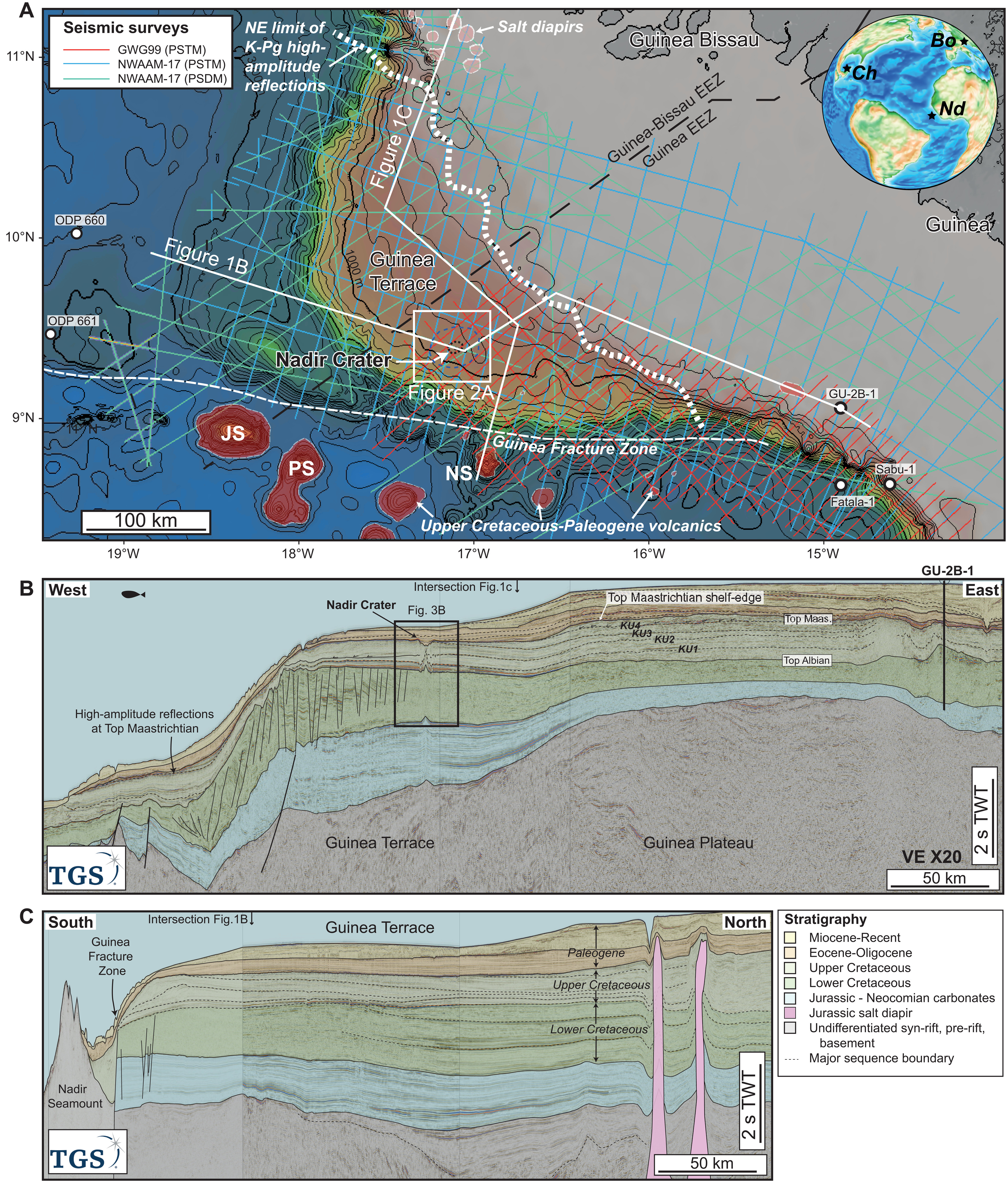At a Glance
- JWST’s capabilities advance our understanding of planetary systems and could help identify environments beyond Earth that can support life.
- Scientists using the James Webb Space Telescope have detected carbon dioxide in the atmospheres of gas giants in the HR 8799 system, a significant step toward studying planets outside our solar system.
- By using JWST’s coronagraph to block starlight, researchers directly observed the planets’ emissions. This technique differs from traditional methods and enables better analysis of planetary atmospheres.
- The presence of carbon dioxide in these young gas giants supports theories about planet formation. It suggests that they formed from icy materials that coalesced and attracted gas, like Jupiter and Saturn.
- Although these planets are too hot for life, their moons may still hold potential, echoing interest in icy moons with subsurface oceans in our solar system.
Scientists using the James Webb Space Telescope (JWST) have made a groundbreaking discovery by directly observing carbon dioxide in the atmospheres of distant planets, a significant milestone in the search for life beyond Earth. This study, published in The Astrophysical Journal, reveals the presence of carbon dioxide (CO2) in the atmospheres of gas giants in the HR 8799 system, located 130 light years from Earth. The four planets in this young system, only about 30 million years old, are far too hot to support life but offer clues about the formation of distant planets.
The team used JWST’s coronagraph instruments to block out the bright light of the host stars, allowing them to focus on the faint emissions from the planets themselves. This method is different from the usual technique of observing a planet when it crosses in front of its star, as JWST was able to study the light emitted directly from the planets. According to William Balmer, an astrophysicist at Johns Hopkins University, this is a challenging feat, akin to spotting fireflies near a lighthouse.
The discovery of CO2 on these gas giants is important because it provides insights into how planets form. Scientists believe that giant planets like Jupiter and Saturn formed from icy particles that came together to form a core, which then attracted gas. The presence of CO2 in the atmospheres of the HR 8799 planets supports this theory, offering proof that planets can form similarly to those in our solar system. However, whether this process is common across the universe is still unknown.
While these gas giants themselves cannot host life, their moons may still have the potential to do so. Researchers are investigating moons of planets like Jupiter and Saturn for signs of life in their hidden oceans. The JWST’s ability to study distant planets in greater detail opens up new possibilities for understanding how planets and their moons evolve, potentially setting the stage for future missions that could reveal more about life elsewhere in the universe.
References
- Lawler, D. (2025, March 22). Webb telescope directly observes exoplanet CO₂ for first time. Phys.Org; Phys.org. https://phys.org/news/2025-03-webb-telescope-exoplanet.html
- Balmer, W. O., Kammerer, J., Pueyo, L., Perrin, M. D., Girard, J. H., Leisenring, J. M., Lawson, K., Dennen, H., Van Der Marel, R. P., Beichman, C. A., Bryden, G., Llop-Sayson, J., Valenti, J. A., Lothringer, J. D., Lewis, N. K., Mâlin, M., Rebollido, I., Rickman, E., Hoch, K. K. W., … Mountain, C. M. (2025). Jwst-tst high contrast: Living on the wedge, or, nircam bar coronagraphy reveals co2 in the hr 8799 and 51 eri exoplanets’ atmospheres. The Astronomical Journal, 169(4), 209. https://doi.org/10.3847/1538-3881/adb1c6











